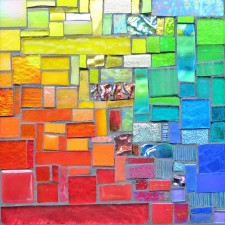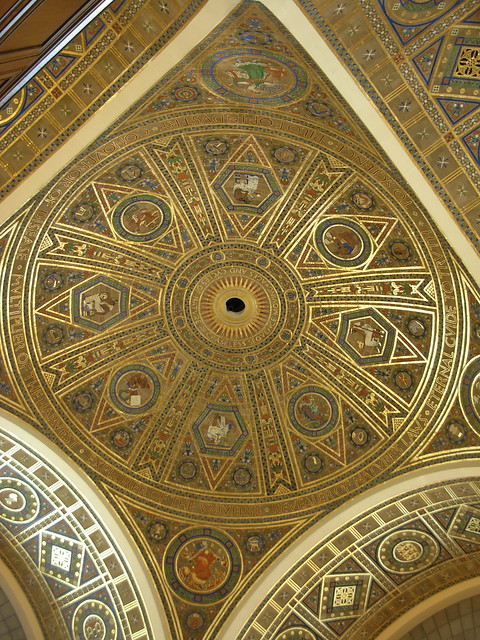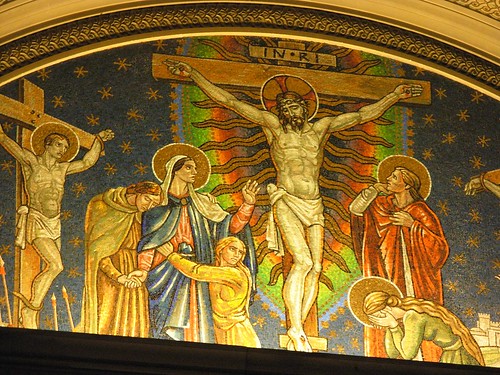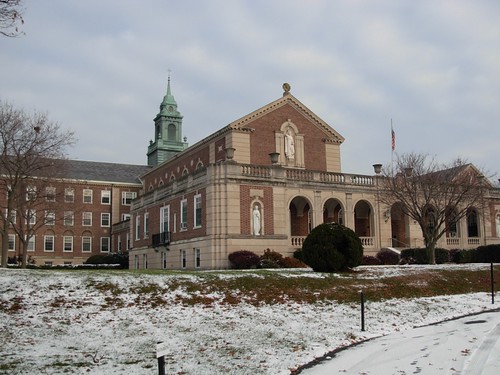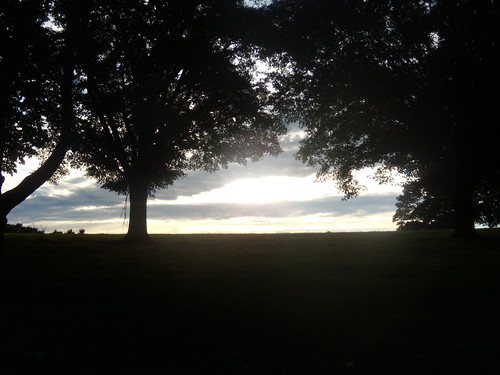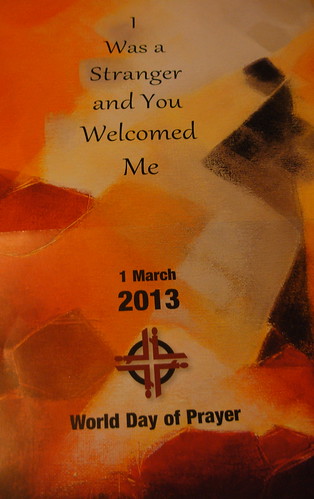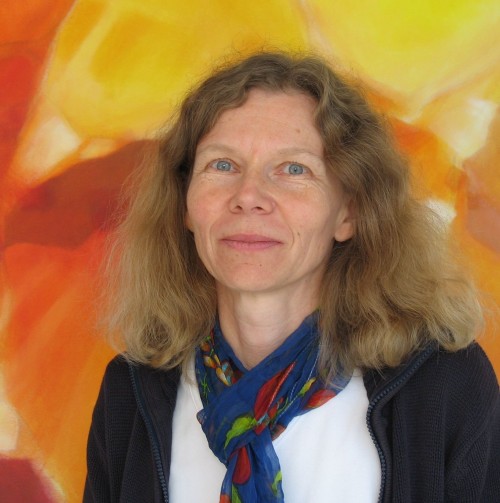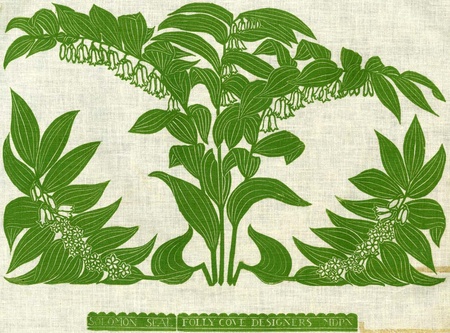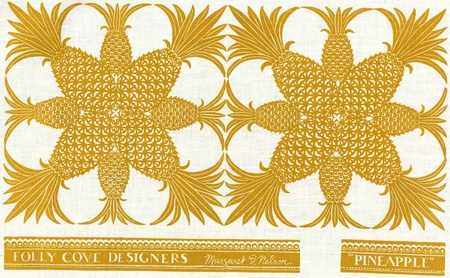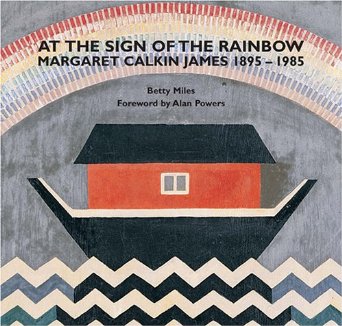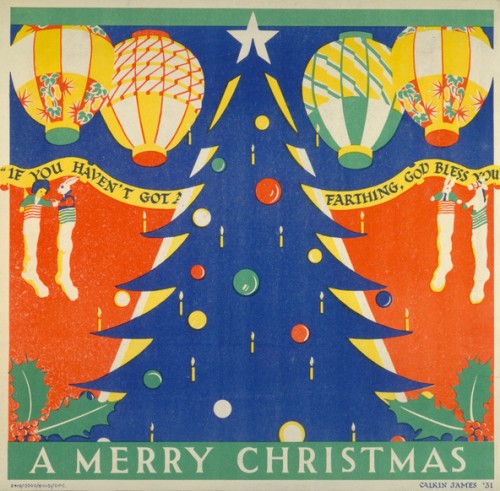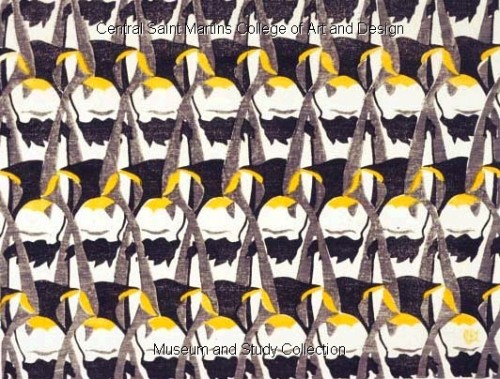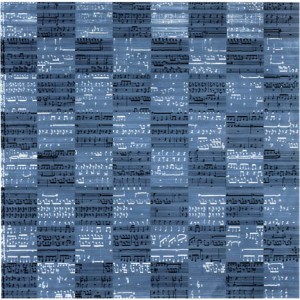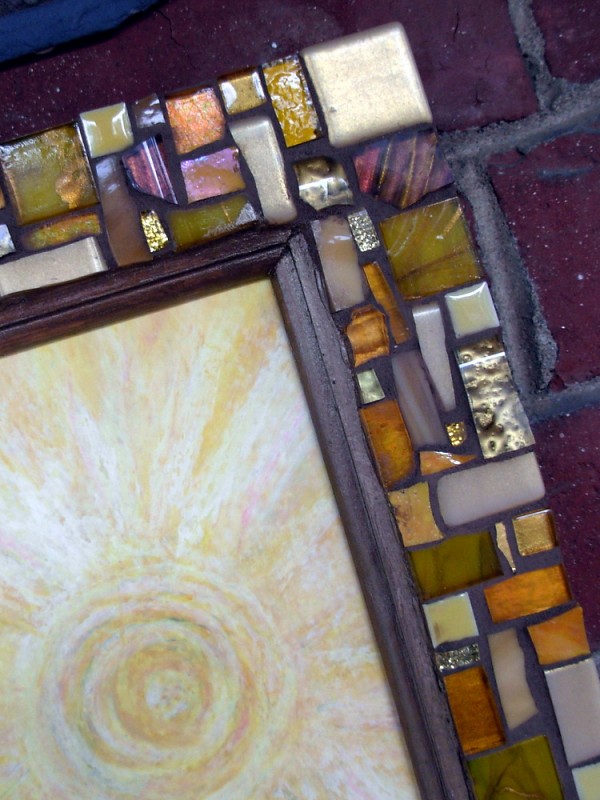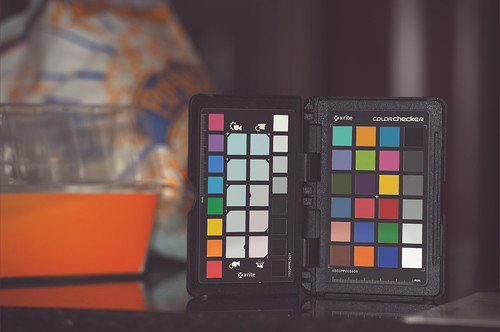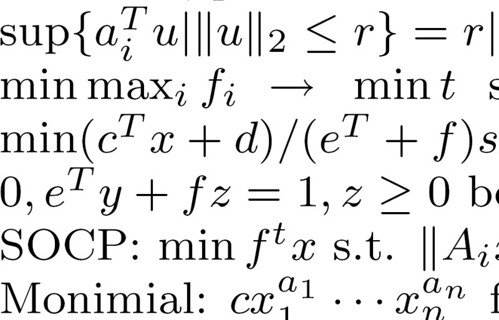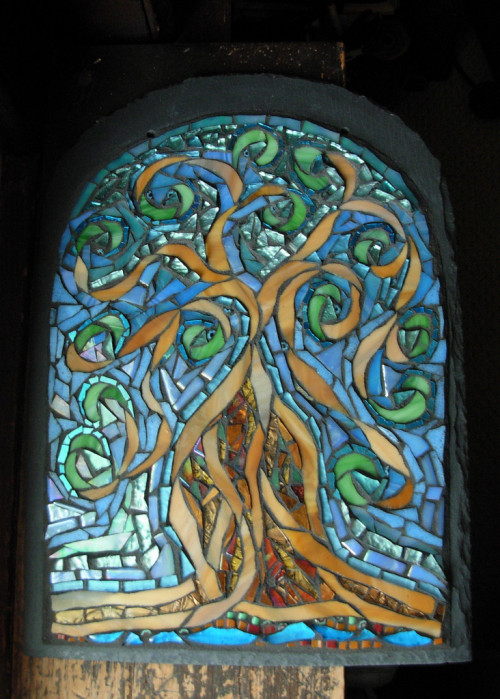
Elegy in Joy [excerpt]
by Muriel Rukeyser
We tell beginnings: for the flesh and the answer, or the look, the lake in the eye that knows, for the despair that flows down in widest rivers, cloud of home; and also the green tree of grace, all in the leaf, in the love that gives us ourselves. The word of nourishment passes through the women, soldiers and orchards rooted in constellations, white towers, eyes of children: saying in time of war What shall we feed? I cannot say the end. Nourish beginnings, let us nourish beginnings. Not all things are blest, but the seeds of all things are blest. The blessing is in the seed. This moment, this seed, this wave of the sea, this look, this instant of love. Years over wars and an imagining of peace. Or the expiation journey toward peace which is many wishes flaming together, fierce pure life, the many-living home. Love that gives us ourselves, in the world known to all new techniques for the healing of the wound, and the unknown world. One life, or the faring stars.
Originally published by New Directions Press in 1949.
